













The magazine of the art-form of the photo-essay
“A free, really high quality photo-essay magazine. Fabulous!”
Stephen Fry. British actor, writer and film & documentary maker

Mar 2014 back issue

by Matteo Bastianelli


The exteriors of the houses and apartment-blocks are full of gaping wounds. Holes left by machine-gun fire and the
white blotches of concrete used to fill in many such holes caused by the bombings, look like imaginary constellations
throughout the whole of Bosnia. Memories, despite the implacable passing of time, are filled with scars. Yet, it is not
the destruction that calls to mind the horrors of war, neither is it simply the pain for the loss suffered, above all, it is
the daily struggle to recuperate thousands of missing identities, many of which are lost forever.
Twenty years on from the beginning of the conflict in Bosnia and Herzegovina, ten thousand human beings who
disappeared into thin air, are relentlessly being searched for. For that reason, I have tried to give an account of life
after death, over a period of four years, by interweaving visual documentary work together with my own personal
experience, along a journey amid some of the purest and most brutal pulsations within the human soul. From the
‘protected’ enclave in Srebrenica, scene of the largest massacre in European territory since the Second World War,
in Cerska where the entire population of a farming community was decimated after being compelled to defend
themselves with rifles and hatchets against Serb mortars and hand-grenades, the slaughter carried out by the
Serb-Bosnian armed forces have left indelible signs on the country and on the expressions of its populace as far as
the Drina Valley. For me, resentment together with an alleged incompatibility but, also common-places, friendships,
mixed marriages and their black humour, represents the roots of that Balkan population who are seemingly
ill-tempered with harsh looks yet, at the same time, extremely kind, hospitable and forthright. To the cauldron of
oblivion made up of the fleeting collective imagination nurtured by the media I, therefore, decided to counterpoise
the importance of these negligible stories with my own way of seeing Bosnian culture, from the inside of that
circumnavigation of peoples and their cultures which have always constituted the essence of a multi-ethnic nation.
The aggression towards Bosnia dates back to 20 years ago but is still very present today and, to my mind, constitutes
a means of impoverishing the whole of humanity; a modern show of power that crushes their differences with a
cultural and physical uprooting, operated through ethnic cleansing. In contrast, I took a look first-hand and identified
myself in my Bosnian friends, who are both suspended between a fatalistic acceptance of pain and a great show of
determination.
It wasn’t easy being a child in Bosnia. Children grew up very quickly; they had to fight to survive. Many of them lived
by the rules out on the streets, more or less consciously influenced by the ‘myth’ of the war profiteers with an illusion
of easy money, where the laws of the strongest seemed to be the only rules possible. Today, some dream of bettering
their homeland while others want to abandon it.
Entering into peoples’ daily lives on tip toe, mine has been more or less a sharing of visions and memories, some
actually experienced, others only imagined. It is a sad portrayal of the Bosnian society to come; soiled by dirt and
blood but, without the roots of that ancestral hate with which the atrocities were explained during the years of conflict.
Nowhere did I find confirmation of that rhetoric, fruit of an intentional simplification imposed by the belligerent parts
and taken in with impudence by many pedantic persons. We must call things by their right name. A word exists that
embarrasses the international community when speaking about Bosnia and that is genocide. The name itself contains
all the shame of the UN soldiers, their complicity with the aggressors and the logics behind the division of territories,
sanctioned by the agreements that put an end to the conflict at Dayton in 1995. There are more than 8372 names
that pray on their consciences.
The lesson we learn from the Bosnian war is that the international community was an accomplice, showed indignation
when called for and, for the rest of the time avid exploiter of others’ misfortunes plus, when the curtain went down on
the bombings and trading of arms, negotiations turned to the “clean” business of reconstruction. Yet, many arms sold
in the Balkans are still kept at home by the people through fear. Therefore, in shades of black and white, between
frozen emotions, Bosnia stays blocked in transition, still trapped between past and future with the missing parts of the
Bosnian identity puzzle lost or, only missing, among the ashes of the former Yugoslavia.
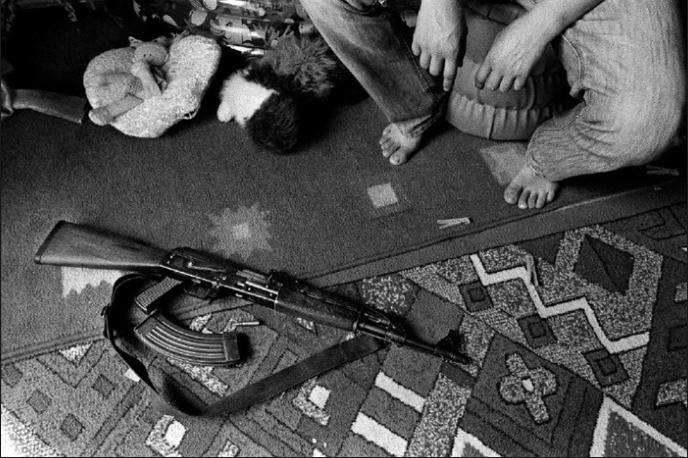
Cerska, Srpska Republic of Bosnia and Herzegovina, 2009. A man with an Ak 47 in his daughter's room. A lot of
families still have guns and weapons in their homes because they fear the possibility of another outbreak of war.
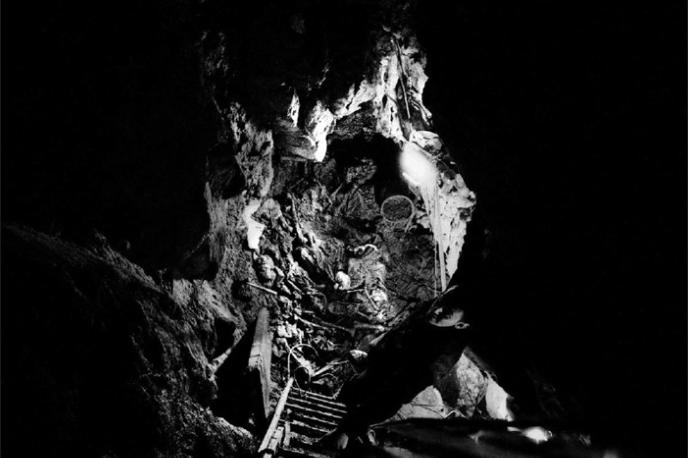
Biscina, Srpska Republic of Bosnia and Herzegovina, 2010. 37 human remains discovered in a mass grave by the
International Commission on Missing Persons (ICMP). 25 skeletons were incomplete of limbs or skulls. A lot of mass
graves are re-connectible to the fall of Srebrenica, July the 11th 1995.
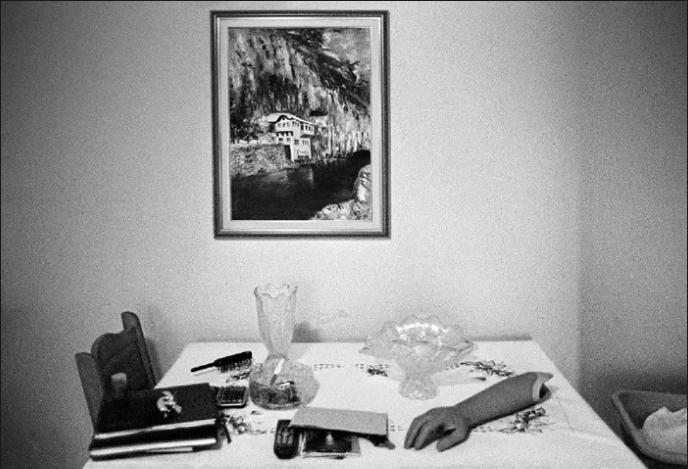
Sarajevo, Bosnia and Herzegovina, 2010. The table in the hall of Adis Smajic's house. On March 18th, 1996, thirteen
year old Adis was seriously injured in an explosion of an antipersonnel mine. He lost his left eye, his right arm was
amputated and deep scars disfigure his face.

Jablanica, Bosnia and Herzegovina, 2010. Youths and families in lake Jablanicko.
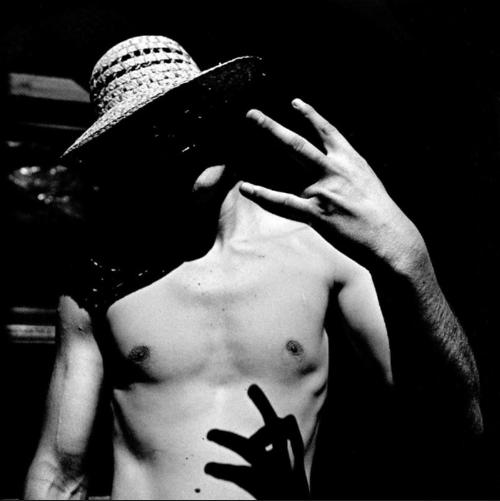
Gradac, Croatia, 2010. Nihad Bostandja, a member of a small gang from Sarajevo, on
holiday in Croatia.
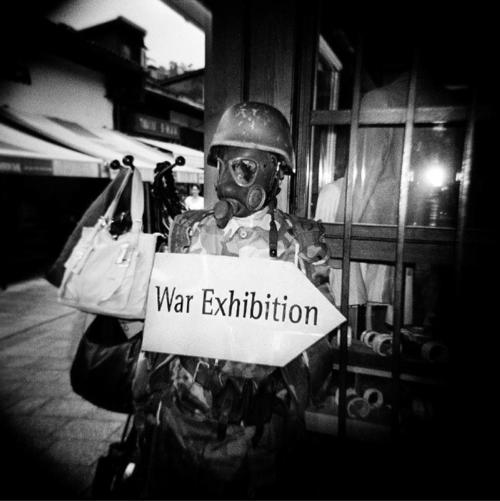
Sarajevo, Bosnia and Herzegovina, 2010. War relics sold on the streets of the historic
center of the Bosnian capital.

Cerska, Serb Republic of Bosnia and Herzegovina, 2009. Two women who survived a massacre which took place
during the war in Bosnia.
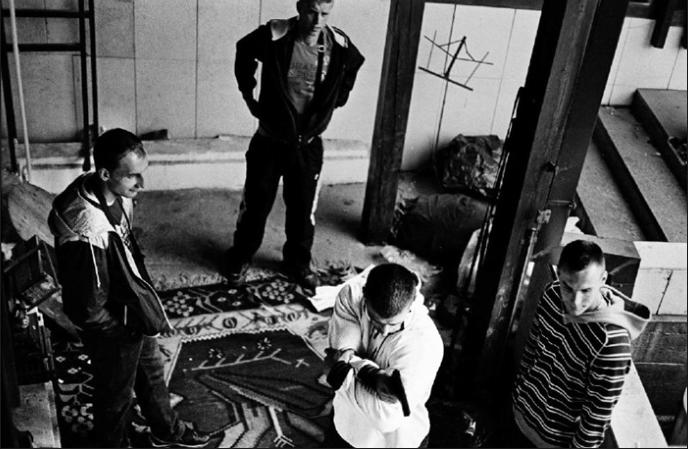
Sarajevo, Bosnia Herzegovina 2010. Tarik is ready to shoot one of his “rivals” with a toy gun, while Nihad, Djenan and
Bukva are watching the scene. They act like criminals and are constantly under attack from other gangs.
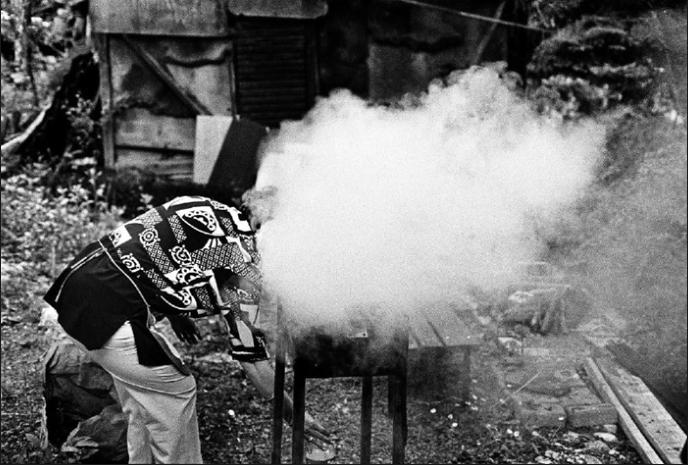
Sarajevo, Bosnia and Herzegovina, 2011. Elvedina Mirvic, 58 year old, is cooking ‘cevapcici’, traditional Bosnian food.
In 1994 she was transferred to Italy with her family in order to have medical care for her husband, wounded by the
explosion of a grenade. After the end of the war they went back in their homeland.

Sarajevo, Bosnia and Herzegovina, 2010. A view of the Bosnian capital.
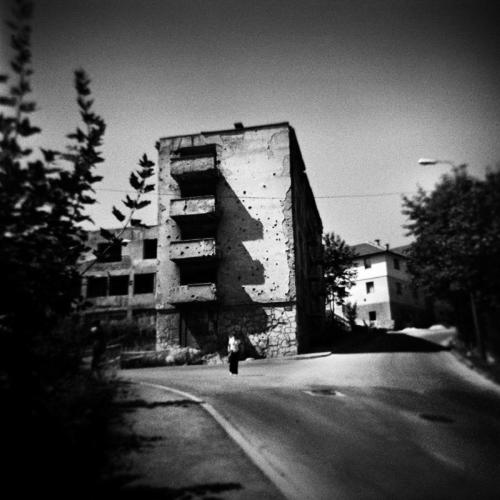
Sarajevo, Bosnia and Herzegovina, 2009. A building near the children’s hospital which
was bombed during the four-year siege of the Bosnian capital.

Sarajevo, Bosnia and Herzegovina, 2009. Some children from a school in Cerska, a village a few kilometers from
Srebrenica, on a trip to Sarajevo as part of an adoption-at-a-distance programme with animation by an NGO
organization.

Tuzla, Bosnia and Herzegovina, 2010. A shoe found in a mass grave.
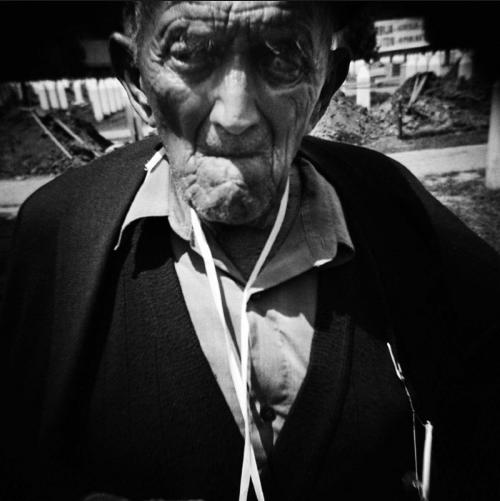


Potocari, Serb Republic of Bosnia and Herzegovina, 2010. One of the oldest survivors
of the genocide perpetrated by the Serbian-Bosnian army.

Tuzla, Bosnia and Herzegovina, 2010. Identity card, money and photos found in a mass grave.
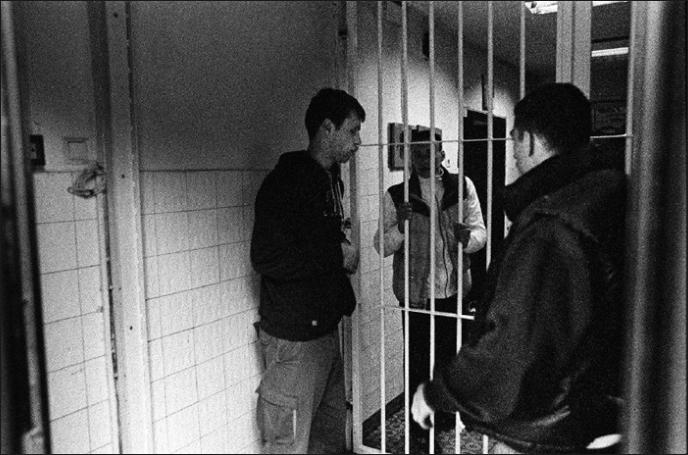
Sarajevo, Bosnia and Herzegovina, 2011. Nihad goes into the prison in Sarajevo to serve his time, accompanied by
his friends, Djenan and Tarik.
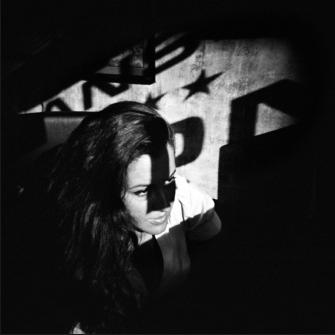
Sarajevo, Bosnia and Herzegovina, 2010. Sarajevo,
Bosnia Herzegovina 2009. Monela Mulabdic, 24 years
old, daughter of a muslim father and an orthodox mother,
at work in her family hotel.
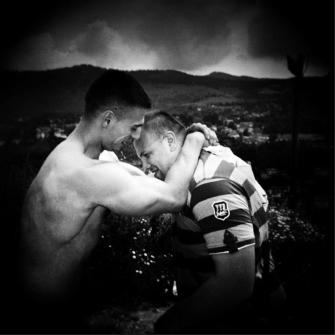
Sarajevo, Bosnia and Herzegovina, 2010. Trial of
strength between Tarik and another boy.










